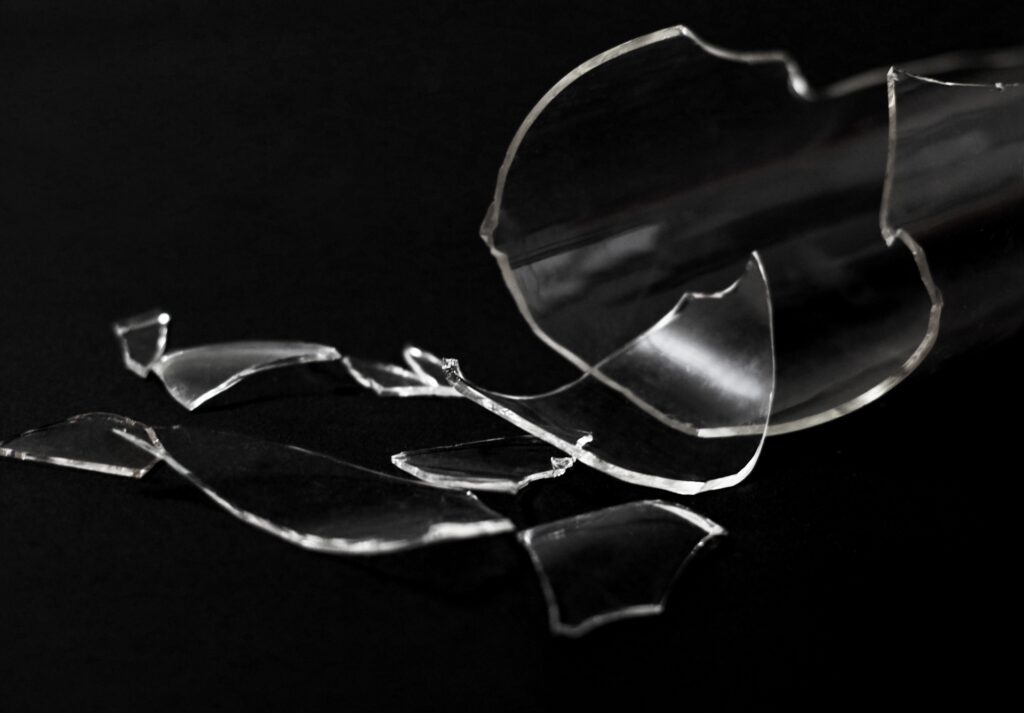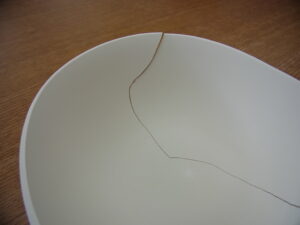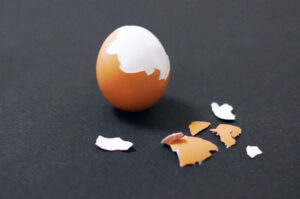What causes porcelain clay to crack during firing and temperature rise?

Hello, this is Fuchino.
In my previous article, “What are the differences in the way ceramics break after firing? I wrote that there are two types of cracks in porcelain clay.
In my last article, “What are the different ways porcelain clay cracks after firing?
This time, I would like to talk about one of them.
Cracking of porcelain clay during firing and temperature rise
Cracking during temperature rise is often caused by drying.
n this case, the unglazed piece is done and looks fine.
In this case, it looks fine because it is unglazed, but there is a crack or cavity in the piece that is hard to see.
In this case, it looks fine because it is unglazed.
However, there is a crack or cavity in the piece that is difficult to see, and when the piece is fired, it will start to shrink, resulting in a clear crack.
The triggers for cracks and fissures after unglazing that cause cracking are.
Many of them are already present at the time of drying.
Those that were not present at the time of drying are revealed by unglazing.
Some of them are present before unglazing, and some of them are caused by unglazing.
Both are caused by insufficient drying.
They appear to be dry, but they are still slightly damp.
There may be cracks at that point, or the cracks may appear during subsequent drying.
The cracks may have appeared during the drying process, or they may have been created during the unglazing process.
As a result, there are factors that can cause cracks after unglazing.
In order to eliminate cracks or triggers for cracking.
The first thing to do is to dry it thoroughly.
Even if the piece is thick or thin, it is necessary to dry the thick part evenly.
It is also important to dry the thicker parts of the work properly.
This is very basic.
However, since the conditions for drying are not always the same, such as various shapes, types of clay, and weather conditions, it is important to keep the drying process as simple as possible.
If problems occur, it is a good idea to review the drying process.
Next, raise the temperature very slowly during unglazing.
Especially for pieces that always have the same symptoms or similar shapes.
Bake from room temperature to 200°C very slowly and at a very slow pace!

